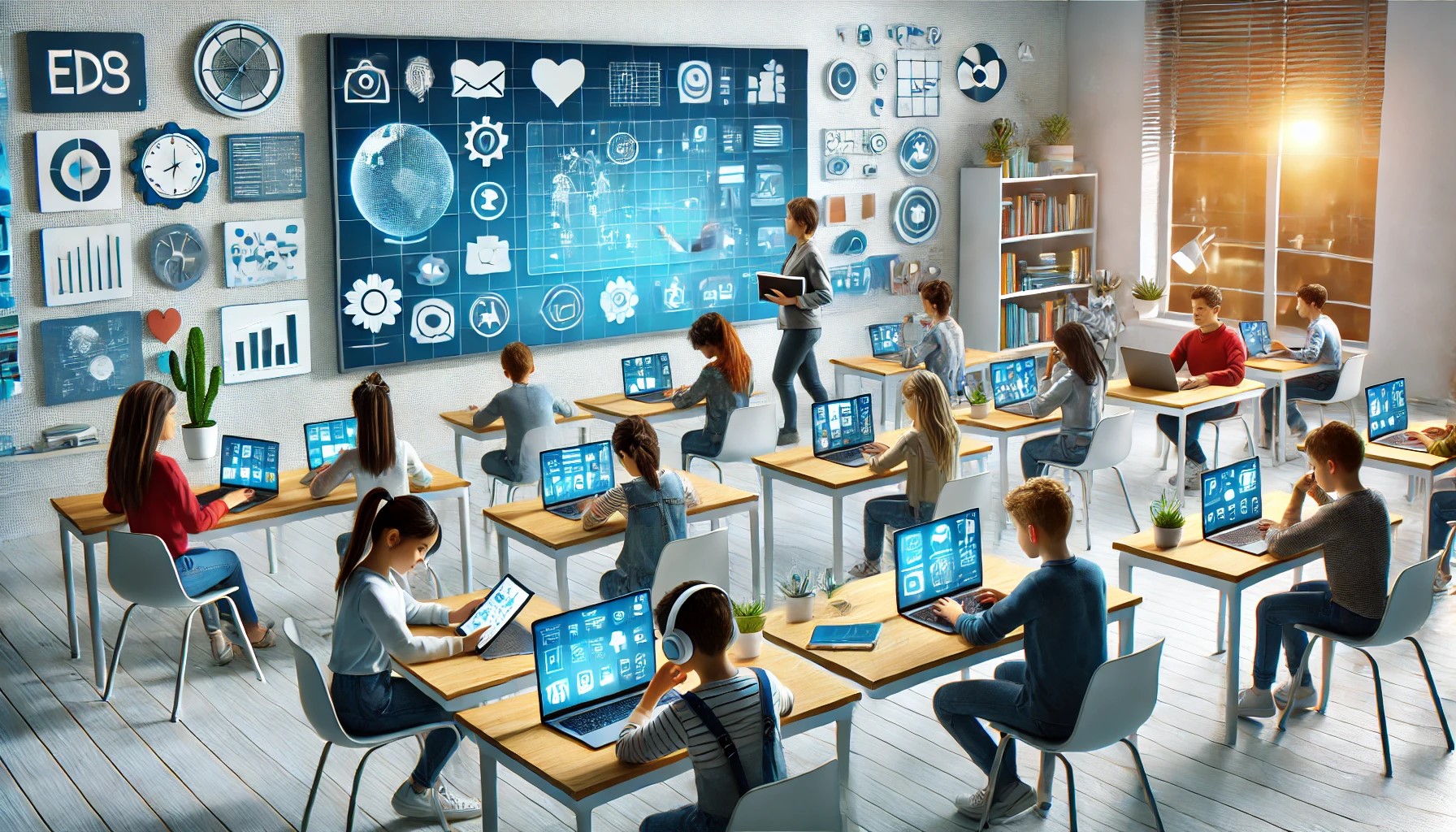The Transformative Impact of Digital Technology on Student Learning

The way students study has been completely transformed by digital technology, which presents new possibilities for interaction, teamwork, and information access. With only a few clicks, students may now access a tremendous quantity of knowledge and learn at their own pace in their desired setting thanks to tools like interactive simulations, e-learning platforms, and virtual classrooms. Because of this, students now have more power than ever to take charge of their education.
Personalized learning is one of digital technology's biggest advantages. With the use of adaptive learning software, students can get instruction tailored to their specific needs and progress at their own speed. In addition to increasing understanding, this individualized approach helps children develop a sense of freedom by allowing them to pursue interests outside of the prescribed curriculum.
Technology has also increased the interaction and collaboration of learning. Group projects, conversations, and peer-to-peer interactions are made possible by platforms that foster a dynamic learning environment that emulates real-world teamwork. Students can now work together more easily across boundaries thanks to digital tools like shared documents and video conferencing, which have made it easier for them to cooperate even when they are separated by distance.
Notwithstanding its advantages, digital technology poses several drawbacks, like the potential for diversions or the issue of the "digital divide," which results in unequal resource accessibility for all students. However, these difficulties can be lessened with careful execution. Ensuring that digital resources are used properly to improve, rather than hinder, the learning experience is a vital responsibility of schools and educators.
In summary, digital technology has a significant impact on students' learning. It has the power to improve education by making individualized, interactive, and collaborative learning experiences accessible. Making sure that these resources are used carefully to help children realize their greatest potential is crucial.